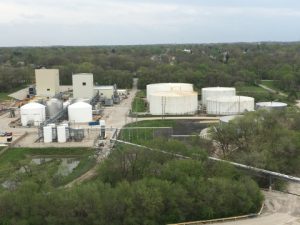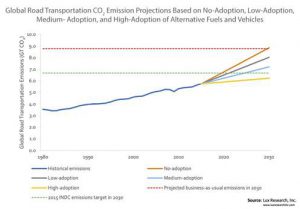Brazil’s Ministry of Science, Technology and Innovation has approved Ceres, Inc.’s biotech sugarcane for field testing. The company is now deploying plans to test its biomass and sugar yield and stress tolerance traits in multiple commercial sugarcane cultivars adapted specifically for various Brazilian sugarcane production areas. According to Ceres, field evaluations represent a critical stage in the development of biotech crop traits because it allows them to see how the traits perform in agricultural settings.
 “We believe we have a significant opportunity to bring innovative technology to the sugarcane market, with immediate opportunities to increase sugar yields and preserve the yields in the kind of drought conditions that have been prevailing in Brazil in recent years,” said Ceres President and CEO Richard Hamilton. He noted that a sugarcane variety with Ceres traits could significantly change production dynamics and economics by increasing sugar and biomass yields while providing additional harvests during the typical five-year lifecycle of a sugarcane stand.
“We believe we have a significant opportunity to bring innovative technology to the sugarcane market, with immediate opportunities to increase sugar yields and preserve the yields in the kind of drought conditions that have been prevailing in Brazil in recent years,” said Ceres President and CEO Richard Hamilton. He noted that a sugarcane variety with Ceres traits could significantly change production dynamics and economics by increasing sugar and biomass yields while providing additional harvests during the typical five-year lifecycle of a sugarcane stand.
This is not the first of such tests. Ceres conducted similar field evaluations last year outside of Brazil and results demonstrated increased biomass yields in its tropical sugarcane varieties. The company reports plants with one of the company’s drought tolerance traits resisted the effects of drought and maintained biomass yields with as little as half the water normally required during production. These results were especially impactful, says Ceres, because the tests were completed in elite varieties that are already known for their high yields and performance. Favorable results from a research setting are not a guarantee of future commercial performance, and further evaluations will be necessary.









